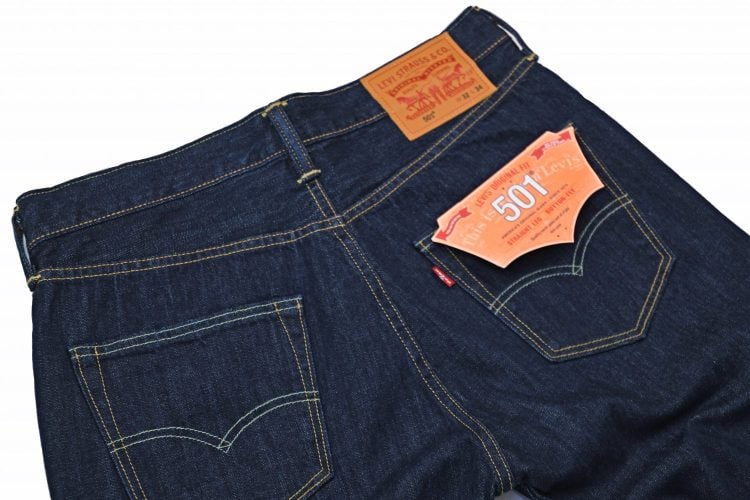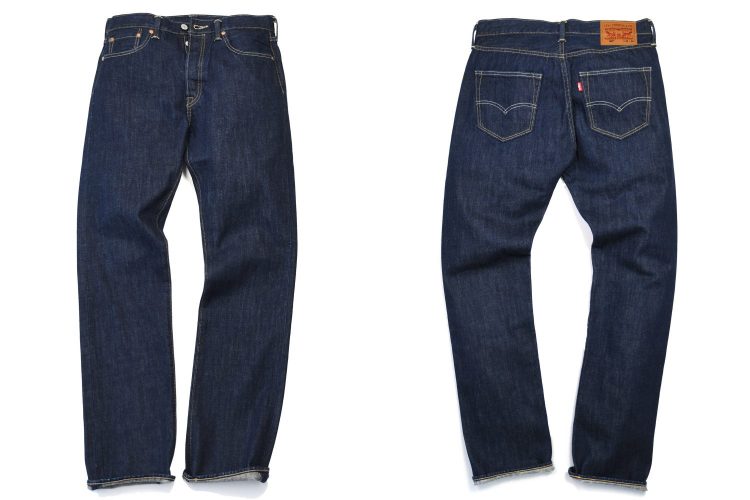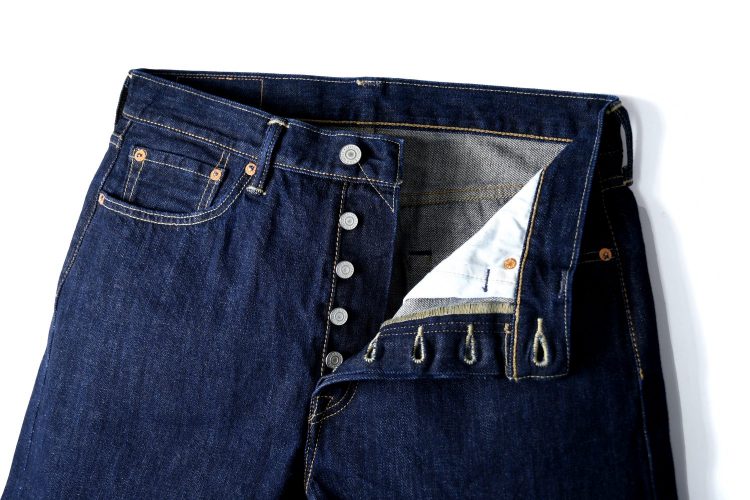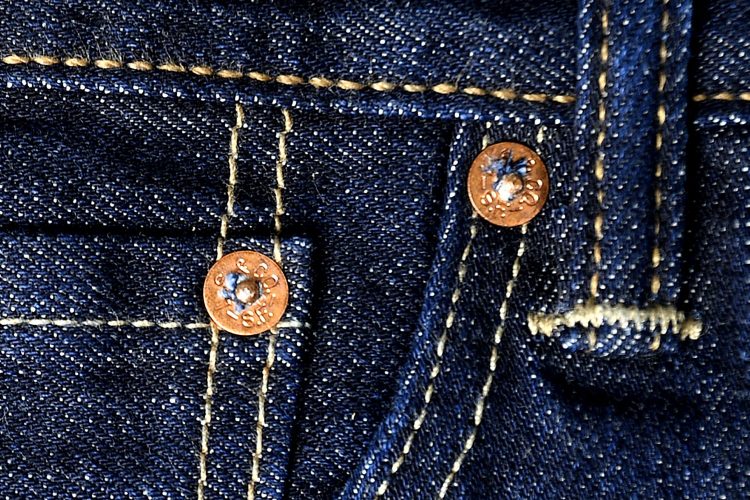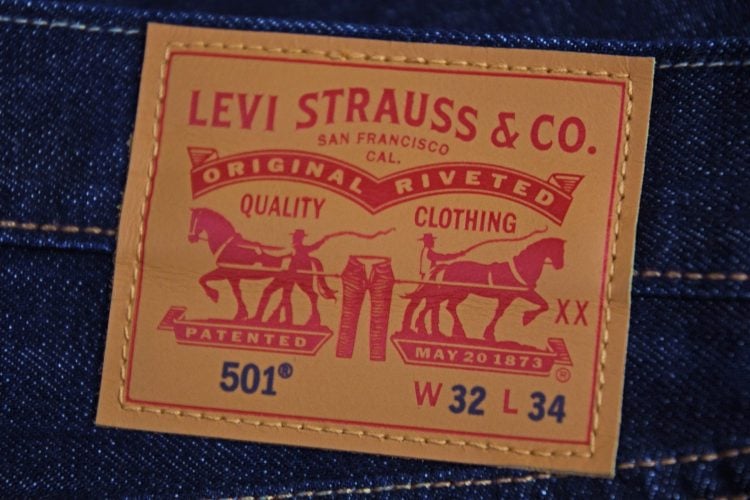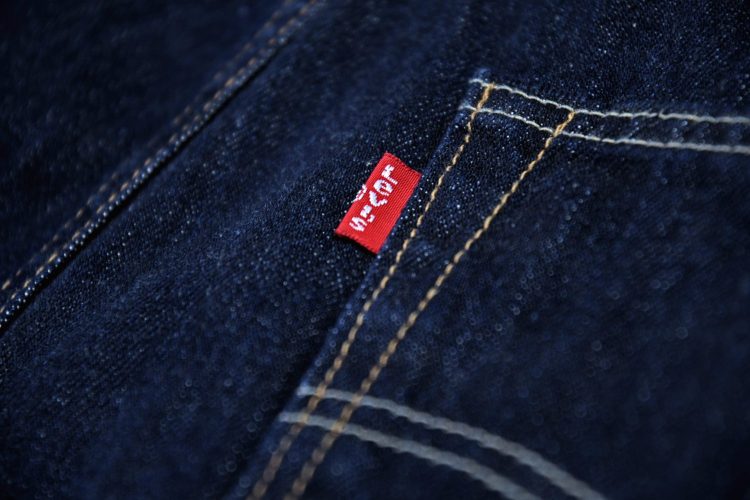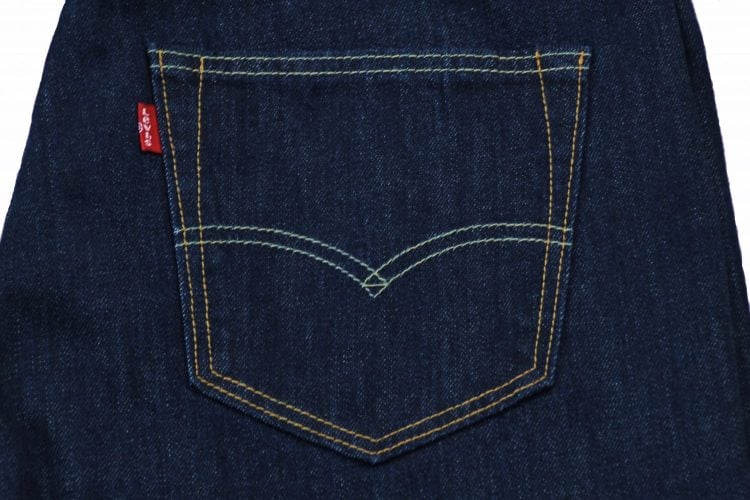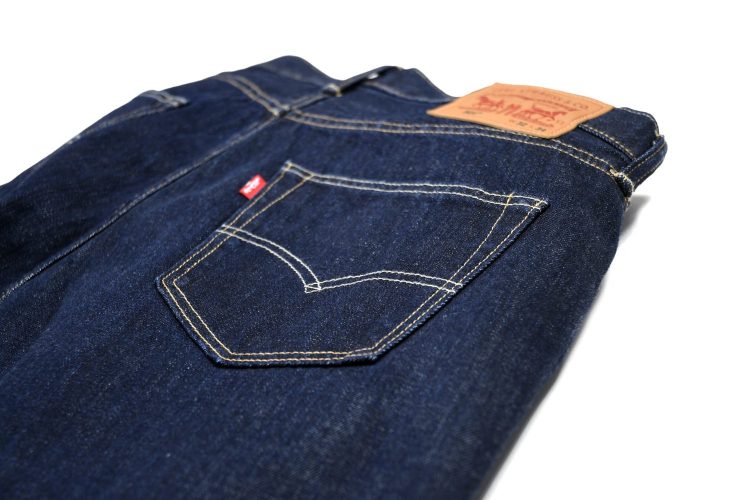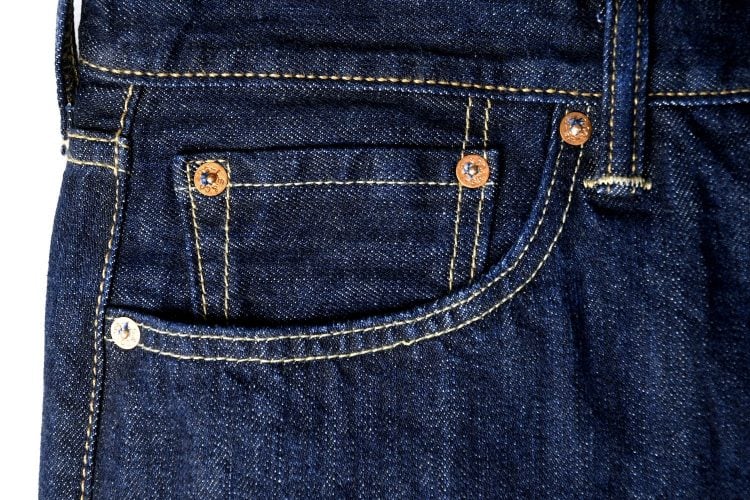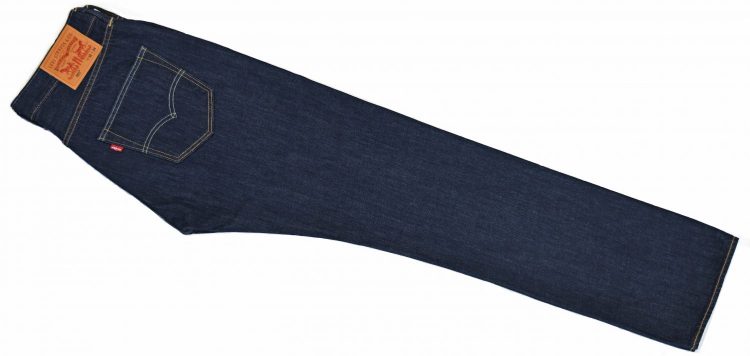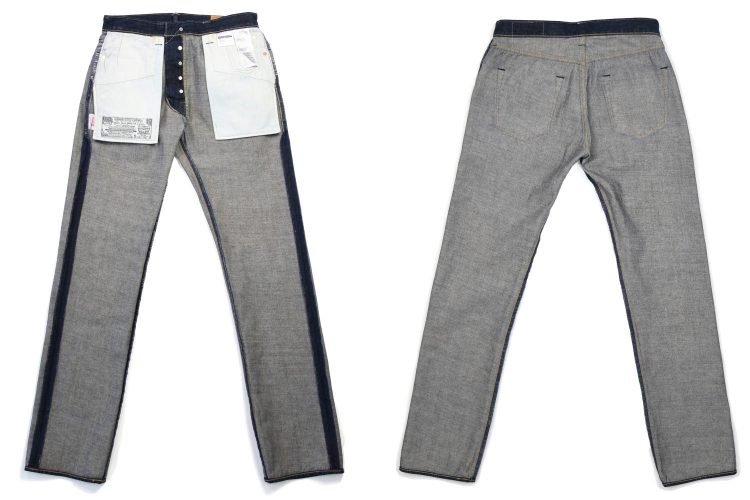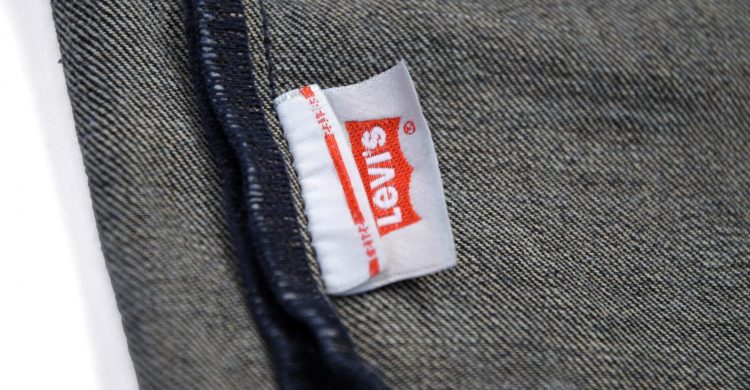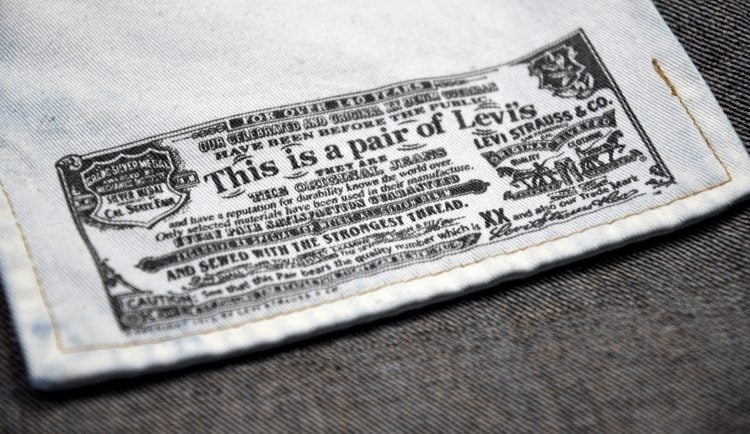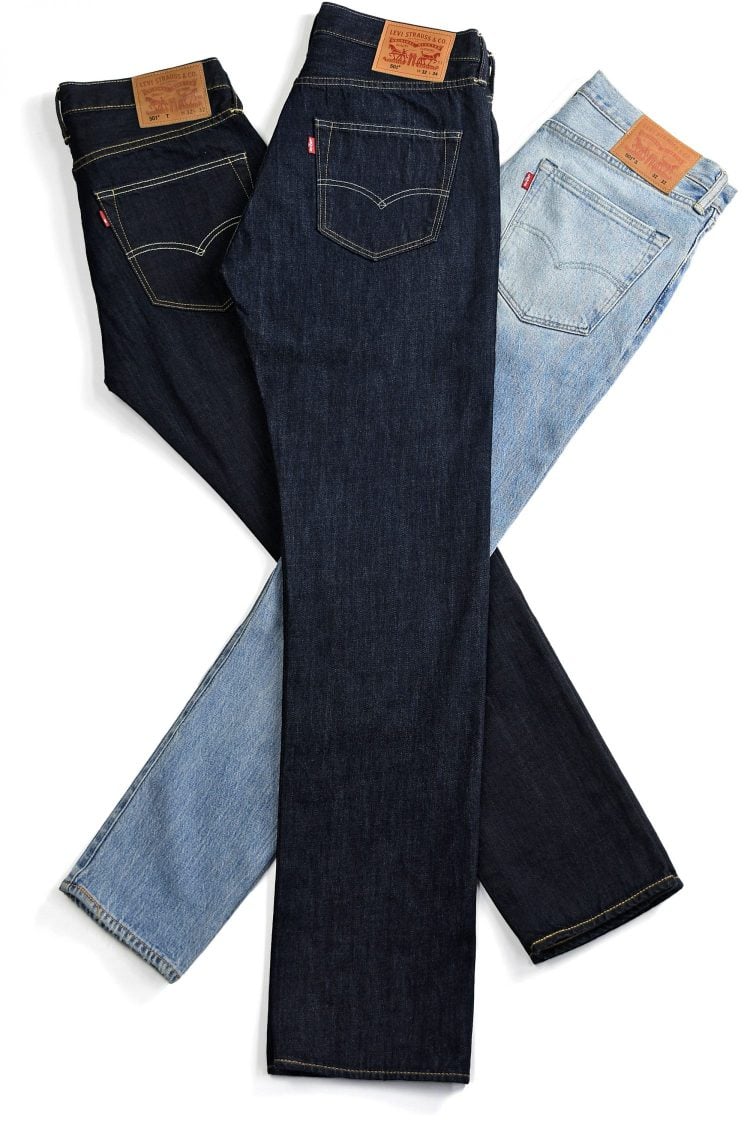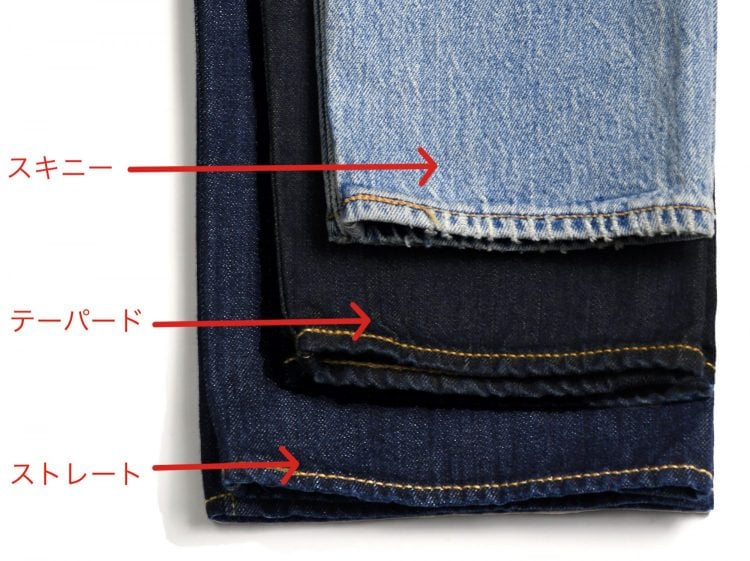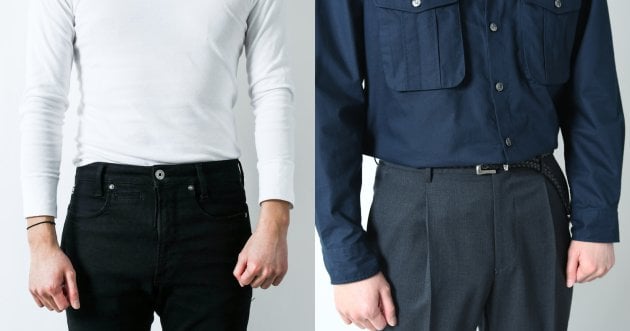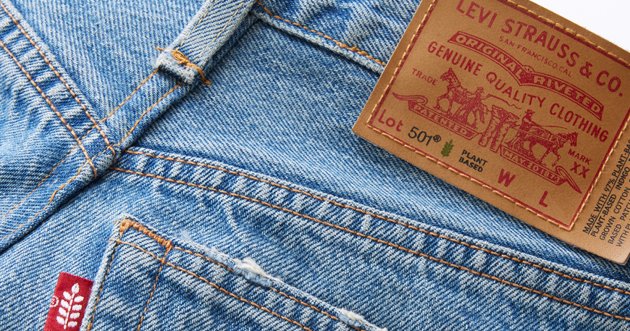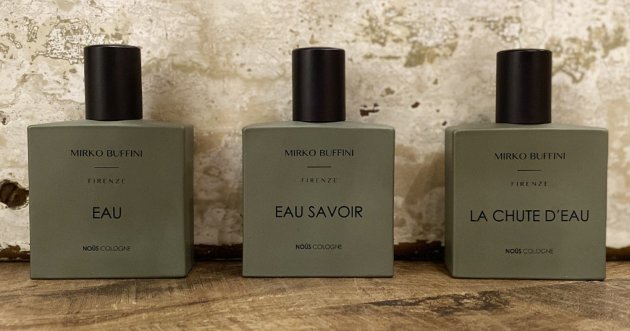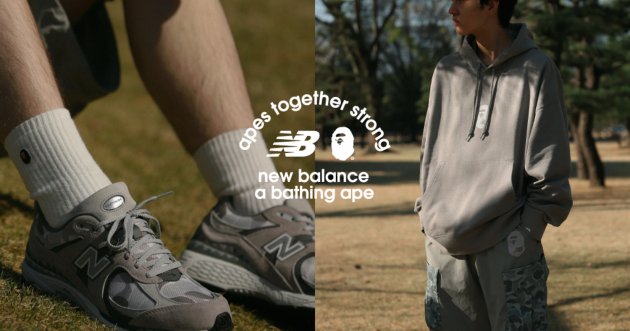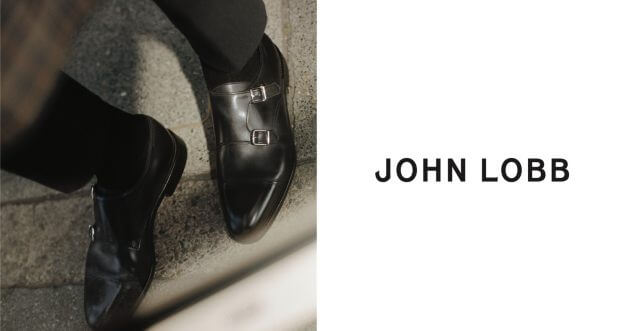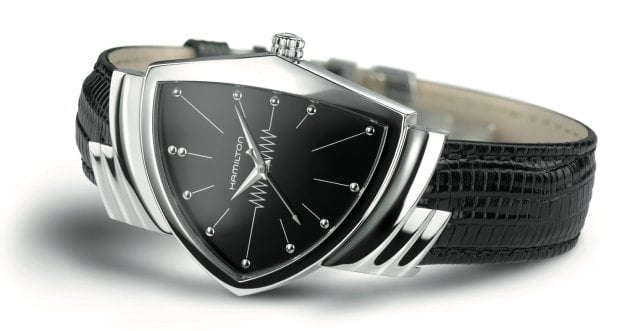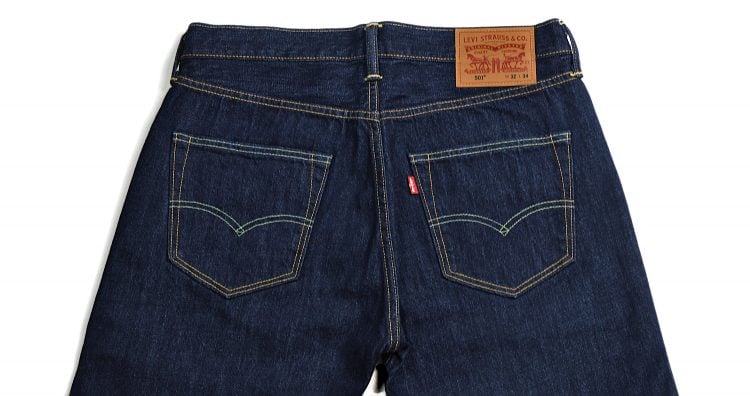
The origin of jeans is ” Levi’s® 501® “, the name of the number lot under the part number control in 1890, which is still loved all over the world today. Based on the Levi’s® jeans, jeans have been produced by various manufacturers. The “Levi’s® 501®” is an item that cannot be missed as a staple for men. In this issue, we focus on “Levi’s® 501®” once again and pick up its charm and points of interest!
Suponsered by
What is Levi’s® 501®?
The “Levi’s® 501®” pants were created by Levi Strauss during the gold rush era for miners, cowboys, and farmers. While the design has remained largely unchanged from the early days, it has evolved over time to fit various styles, and is still loved around the world as an iconic pair of jeans.
The current 501® model also uses copper buttons and rivets instead of the aluminum used in the early 501®, and with the evolution of the weaving machines, the price has been kept low while maintaining strength.
[ Related articles ] For brand articles on Levi’s®, please visit
Levi’s® 501® Highlights!
Focusing on the details of Levi’s® 501® and introducing points of interest!
Noteworthy point of Levi’s® 501® ” 5-pocket design
Levi’s® jeans were originally equipped with pockets to enhance work efficiency. The term “five-pocket”, which is familiar today, had already been perfected by the time Levi’s® registered the trademark as jeans. Before the trademark registration, jeans with back pockets on only one side also existed.
Levi’s® 501®’s ” Button Fly
Most people probably think first of the 501® when they think of the button-fly jeans developed by Levi’s®. The button-fly is one of the classic details of jeans, a specification unique to jeans that has existed since the time when zippers were not developed. As the jeans are worn in, the button fly will show up as a “bite” on the front, giving them a unique look.
Levi’s® 501®’s ” Rivets
Levi Strauss, who developed the idea of using rivets to reinforce pockets with the help of Jacob Davis, a tailor with whom he was doing business at the time, received a patent on May 20, 1873 for “a method of using rivets for reinforcing pockets in garments. The patent was granted. Borrowing the name of Jacob, who was the inspiration for the rivet, the company continues to develop “jeans to match a well-tailored tailored jacket,” or “tailored jeans,” under the concept of “jeans are not work pants, but a lifestyle. Jacob Cohen ‘ s achievements are widely known.
Levi’s® 501® “Two-Horse Patch
The two horse patch on the back waist, a symbol of Levi’s® durability, was introduced as a quality guarantee in 1886, and the two horse mark was designed to express the durability of Levi’s®, which could not be torn even if two horses pulled on it. It is one of the traditional elements of Levi’s® that has been passed down for over 100 years without major design changes. The leather patch used until 1954 is also used on the current model. The leather patches were shifted to paper patches due to customer complaints that the leather patches were coming off due to the spread of dryers at that time. Later, in the 1960s, preshrunk fabric was developed, and in the 2010s, the leather patch was revived.
Levi’s® 501® “Tab
The tabs on the back pockets. Many fans are particular about this detail. There are even some enthusiasts who can tell the vintage age by the difference of the design. Incidentally, the tab with the capital letter “e” of Levi’s® is called “BIG-E” and is known as a design used before 1971. Different colors also exist, and the red tab is used on general Levi’s® products. The orange tab is considered a cheaper version of the red tab. Black and white ones are used for limited seasons or for materials other than denim. Some of the lines also include silver tabs, which are often designed to have an impact. There is a theory that the silver tab was announced as a European project, and the line gained explosive popularity mainly among young Europeans at that time. Currently, Silver Tab is being developed as a reissued line.
Levi’s® 501® “Back Pockets
There are many points to look out for in jeans, but one of the most important factors is the design of the back pockets. The pentagonal pockets of Levi’s® 501® differ slightly in shape depending on the year.
Levi’s® 501® Arcuate Stitching
The contrast between the two colors of stitching is also attractive. There are also subtle differences depending on the age. Older models from the 1920s used a single needle to sew this stitch back and forth, rather than a double-needle stitch of equal width.
Levi’s® 501® “Coin Pocket
The “coin pocket” detail, which is casually placed in the front pocket as a pocket for coins, also originated in the Levi’s® 501®.
Levi’s® 501®’s ” Authentic Straight Silhouette
The Levi’s® 501®, which various brands refer to, is a completed straight silhouette. The perfection of the silhouette is so highly regarded by the public that it is rumored by some that the pattern of the 501® is infinitely similar to the pattern of the human leg when the skin is peeled off and made into a flat surface. If you are looking for an authentic pair of jeans that you will never get tired of over the years, Levi’s® 501® is a strong candidate that you cannot miss.
Levi’s® 501®’s distinctive details are also present on the back
While most people tend to focus only on the surface details such as rivets and two-hose patches, the unique Levi’s® details are also present in the lining. This article focuses on Levi’s®’s special attention to detail that can be seen by actually turning the garment inside out!
Levi’s® 501®’s ” Woven Name
The left front pants have a ” woven name ” sewn on the side. I find it fascinating that Levi’s® has taken the trouble to incorporate the brand tag into a part of the garment that you would not normally see. This detail was added to prevent counterfeit 501®s. Currently, all 501®Family items have this woven name sewn onto them.
Levi’s® 501®’s most notable feature: ” Guarantee ticket printed on the sleeve “.
The guarantee ticket is a quality certificate issued in 1892 to prove that Levi’s® was the originator of riveted jeans and to guarantee the highest quality. This design is another traditional element that has been handed down for over 100 years with little change in shape.
There is a model that updates the silhouette of Levi’s® 501® to the modern version
The 501®, born in 1890, is based on a straight silhouette, but is now available in a variety of models. Among them, the 501®T and 501®SKINNY, which have been constructed with a modern silhouette, are the new standard models supported by people of all ages.
The 501®T is a tapered silhouette that tapers from the thigh to the hem, while the 501®SKINNY is a skinny silhouette inspired by the way people customize old 501®s to be thinner. It is easy to see the difference in thickness when comparing it over the straight silhouette with the side sides together, as shown in the images below.
From the top, Levi’s® 501®SKINNY: ¥12,000 / Levi’s® 501®T: ¥13,000 / Levi’s® 501®: ¥12,000

